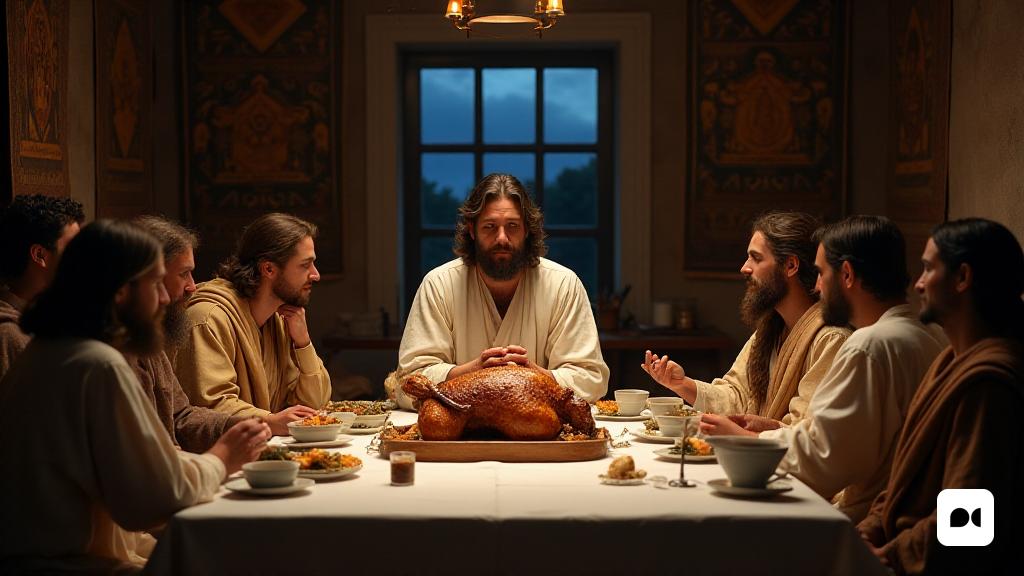The decisive moment of Easter
Within the framework of the last dinner, Lluc highlights a crucial moment in the celebration of Easter, a moment that goes beyond the usual ritual. With an expression of deep desire, Jesus states: ‘With what pleasure I have yearned to share this Pasqual lamb with you before my delivery.’ This phrase, which reveals an intense emotional connection, is supported by variants of the Beza Codex that use verbs that suggest a more passionate action, such as ‘devour’ instead of simply ‘food’.
The distinction between tradition and innovation
Jesus is aware that this would be his last Easter during his life, but he enthusiastically anticipates the new celebration that will take place in the Kingdom of God. Lluc makes a clear distinction between the traditional Passover, which commemorates the liberation of the Jewish people, and this new experience that Jesus hopes to live in the future.
The act of sharing: a deep symbolism
At the end of the Pasqual dinner, Jesus makes a gesture that will mark a before and after: he takes a drink, blesses it and shares it with his disciples, inviting them to do so. But he, in a tone of solemnity, declares that he will not drink more of the wine until the Kingdom of God arrives, emphasizing his imminent separation and the meaning of his mission.
The institution of the Eucharist
After dinner, Jesus takes the remaining bread, blesses him and proclaims: ‘This is my body.’ At this time, Lluc omits references to the Eucharist Cup, a detail that is aligned with the oldest traditions and is distinguished from the usual text, which includes the phrase on the new alliance. Lluc chooses to focus on the action of sharing the bread, an act that symbolizes the union and the community among his disciples.
The historical and cultural context
Scholars have observed the remarkable resemblance between Luke’s words and those written by Peace in their letter to Corinthians. Luke, writing to Theophilus, avoids the blood, because for the Jews it was a taboo. This reflects a clear intention: to focus the Eucharist on the act of sharing, which is the core of its message.
Final reflections on the Eucharist
Luke’s narrative about the last dinner invites us to reflect on the deep meaning of Easter and the Eucharist. Beyond the simple commemoration, it offers a new understanding of sharing and union in community, inviting us to live the values of love and solidarity that Jesus taught us.

